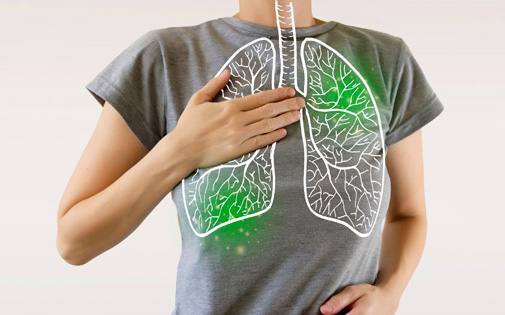
Bronchoscopy is a procedure that allows for the endoscopic visualization of the airways from the inside. It is performed using an instrument called a bronchoscope.
Bronchoscopy is performed in various situations, such as taking a biopsy from a tumor detected on a chest X-ray or CT scan, identifying the microbial agent in certain lung infections, diagnosing persistent cough despite treatment, obtaining tissue samples from the lungs for diagnosing other lung diseases, clearing mucus, removing foreign bodies that have entered the airways, sampling lymph nodes around the airways, and determining the location of lung-related bleeding. These are instances where bronchoscopy is performed for diagnostic purposes.
There is also therapeutic bronchoscopy, which is done in situations such as placing a stent in narrowed airways, stopping severe bleeding, and removing tumors that obstruct the bronchus.
Bronchoscopy procedures are performed by specialists in Pulmonary Medicine.
Tumors located in the airways of the lungs can be visualized and biopsied during a bronchoscopy procedure. Bronchoscopy is the most commonly used diagnostic method for diagnosing lung cancers.
Imaging methods play a significant role in the early detection of lung cancer. Autofluorescence bronchoscopy, which uses a device different from a standard bronchoscope to examine the airways, can contribute to the early detection of lung cancers. However, due to the additional cost and limited availability, this method is only recommended when it is available.
The time it takes to receive bronchoscopy results varies depending on the hospital. At Ankara Başkent Hospital, bronchoscopy biopsy results are typically available in 3-4 days, and if additional staining is required, it may take up to a week. In state hospitals, this period can extend to 15-20 days.




